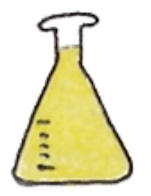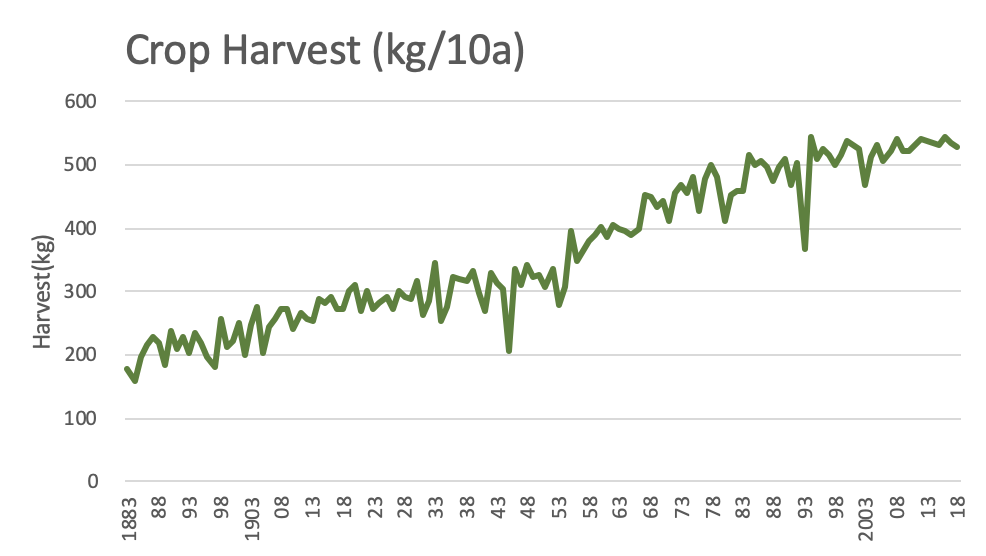Why Were Agrochemicals Developed? : Inventing Agrochemicals
Before Agrochemicals were born

Before agrochemicals were born, how did people protect their crops?
In the past, kito (pray), mushioi (driving out pests) andmushiokuri (walking around the fields with torchlight or drums to drive out pests) were done.
First Agrochemicals in Japan
It is said that in Japan the first useful agrochemicals were used during the Edo period.
Since 1670, the first agrochemicals using whale oil were used.
This is a way of sprinkling whale oil on rice fields and removing pests from rice, which is effective for rice planthoppers.
After the Meiji Restoration, the oil changed from whale oil to petroleum, which continued to be used until the early Showa era.
However, the first agrochemicals did not have a strong effect and did not spread throughout Japan, so during the Edo period, kito was mainly performed.
Why Were Agrochemicals Developed?
It is said Japanese people needed agrochemicals due to the bad harvests during the Edo period.
| When | Event | Cause | Damage |
|---|---|---|---|
| 1641-42 | Kanei Famine | heavy rain, a flood, a drought, pests, and cold weather | As many as 50,000 to 100,000 people starved. |
| 1732 | Kyoho Famine | rice planthoppers | About 10,000 people starved. |
| 1783 | Tenmei Famine | cold weather | ・More than 300,000 people in Tohoku starved. ・Rice riots occurred. |
| 1832-38 | Tenpou Famine | Bad harvest repeated due to cold weather. | More than 100,000 people in Ou starved and were killed by an epidemic |
Under these circumstances, Japanese people claimed a sustainable supply of food, so agrochemical research in Japan began.
Since then, because of the development of science and technology and effects of the foreign technology, agrochemicals became more chemical and effective.

References e-Stat. Statistical Survey of Crops [website].
Retrieved from
https://www.e-stat.go.jp
One of the examples of progress in agrochemicals is the severe cold weather in 1993.
This cold weather damaged large rice fields for low temperatures, and caused lack of sunshine and typhoons.
However, the cold weather did not trigger off a famine because the advance of technology such as fertilizers and agrochemicals made the shelf life longer, and the development of trade and information technology also developed.
Since The Modern Age
The following table summarizes the usage status and types of agrochemicals from the Meiji era to the Showa era.
| When | Circumstance |
|---|---|
| before World War Ⅱ | ・insecticides using pyrethrum, nicotine sulfate, and so on ・agrochemicals made from natural products such as copper and lime sulfur (fungicide) ・Fields were mainly weeded. |
| after World War Ⅱ | Chemosynthetic agrochemicals appeared. ⇨They increased a yield and improved efficiency of farming. ・Herbicides were used. |
| Around 1965-1974 | Agrochemicals became social problems; The agrochemicals were highly toxic, caused accidents while farmers were using them, and were left for long time in crops and soil |
| 1971 | enactment of Agricultural Chemicals Regulation Act |
The graph below shows the number of poisoning accidents caused by agrochemicals.

References Ministry of Agriculture, Forestry and Fisheries.
Basic Knowledge of Agrochemicals [website]
Retrieved from
https://www.maff.go.jp/j/nouyaku
From this graph, it can be seen that from the early 1950s to the mid-1950s, the number of health hazards caused by agrochemicals was large.
Maybe many people who have negative images of agrochemicals know or experience this period.
Look at the recent data. You can see that the number of the accidents now are much smaller than in the early Showa period.
It can be seen from the figures and tables that there were problems with the safety of agrochemicals and the use of agrochemicals in the early Showa period.
It is thought that this led to a general image of "agrochemicals = poison" .
Therefore, the government established the Agricultural Chemicals Regulation Act in 1971.
This law aims to protect our health and environment.
The law requires that the results of acute, chronic and residual toxicity tests on mammals.
In other words, the enactment of the Agricultural Chemicals Regulation Act has made it possible to legally limit the amount and types of agrochemicals.
Therefore, highly toxic agrochemicals such as BHC and DDT failed in this test and were subject to the prohibition of sale and restrictions.


